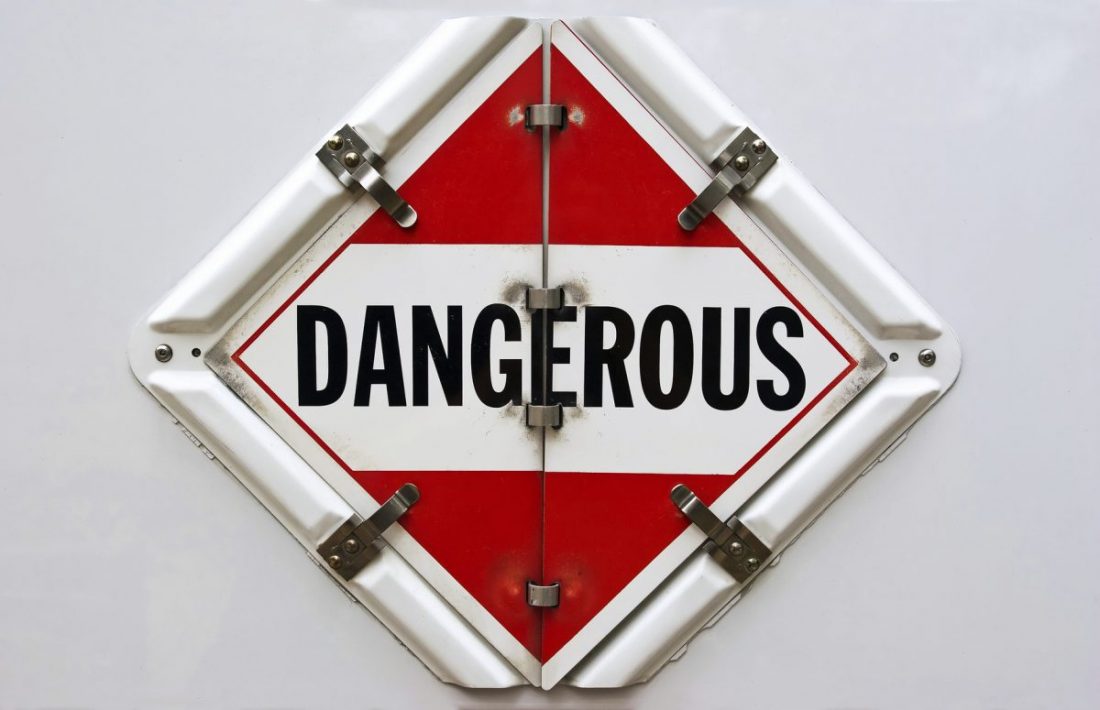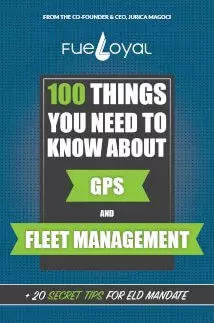Furthermore, in the following tables, you can learn more about hazardous materials classification:
| Class 1 – Explosives |
| Division 1.1- Explosives with a mass explosion hazard |
| Division 1.2- Explosives with a projection hazard |
| Division 1.3- Explosives with predominately a fire hazard |
| Division 1.4- Explosives with no significant blast hazard |
| Division 1.5- Very sensitive explosives; blasting agents |
| Division 1.6- Extremely insensitive detonating devices |
| Class 2 – Gases |
| Division 2.1- Flammable Gases |
| Division 2.2- Non-flammable, non-toxic compressed gases |
| Division 2.3- Gases toxic by inhalation |
| Class 3 – Flammable Liquids (and Combustible Liquids) |
| Flammable liquids – liquid with a flash point of 140°F or less |
| Combustible liquid – liquid with a flash point between 140°F and 200°F that does not meet any other hazard class definition. |
| Class 4– Flammable Solids; Spontaneously Combustible Materials; |
|
Division 4.1 Flammable solids – wetted class 1 explosives, self-reactive materials or readily combustible solids |
|
Division 4.2 Spontaneously combustible materials -pyrophoric or self-heating materials |
|
Division 4.3 Dangerous when wet materials – gives off flammable or toxic gas or become spontaneously combustible on contact with water |
| Class 5 — Oxidizers and Organic Peroxides |
|
Division 5.1 Oxidizers – by yielding oxygen, causes or enhances the combustion of other materials |
|
Division 5.2 Organic peroxides – organic compounds with the bivalent R-O-O-R structure where at least one R is a carbon chain, |
| Class 6 — Toxic Materials and Infectious Substances |
| Class 7 — Radioactive Materials |
| Class 8 — Corrosive Materials |
| Class 9 — Miscellaneous Dangerous Goods |
Conclusion
All in all, hazardous materials are important for the development of the hazmat transportation, as well as for the development of numerous industries all across the USA.






